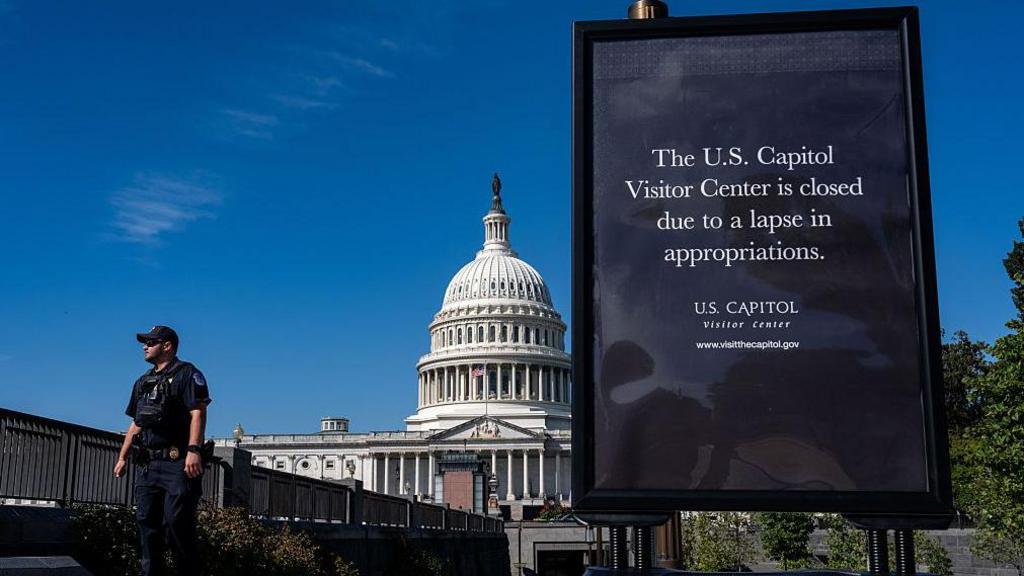According to Oklahoma’s report card for the 2023-24 school year, reading scores for 8th graders fell 46% below the national average.
This, among a variety of other factors, has led the Senate Education Committee to pass a bill that could prevent students from utilizing their cell phones throughout the school day.
Senator Ally Seifried, a Representative from Claremore, crafted Senate Bill 139 that requires Oklahoma schools to implement policies regarding phone usage during the school day, as well as disciplinary guidelines for those who do not comply with their school’s cell phone policy.
The Committee heard a study conducted by Senator Adam Pugh, a Representative from Edmond, and Seifried in October of 2024 and decided that limiting phone use could decrease the adverse effects caused by social media and excessive cellphone usage.
However, some believe a ban on phone usage in schools could negatively impact some students.
“My phone and my Chromebook helped me a lot when I started learning English,” said junior Ariana Barrios, an Edmond North student whose native language is Colombian Spanish.
She uses a translator app on her phone and tools on her Chromebook to navigate her day-to-day life in an English-speaking school.
“I use them a lot, (to) help me understand what to do or (to) know the subject.”
Edmond North’s Computer Applications teacher, Eden Moore, stresses the importance of rural students’ access to computers to better understand how to navigate our modern world.
“Technology is not going away. All students need to learn how to use computers. Technology will change, so students must learn how to learn and adapt to new technologies in the world.”
Some students in metro areas learn how to utilize technology during school. Edmond Public Schools uses one-to-one technology, allowing students to learn computer programs required for classwork and homework.
However, home internet does not work the same in rural areas. Many rural students do not have online access to complete coursework from home as suburban students do, and phones serve as an alternative.
Senior Syuri Wolfe from Lookeba-Sickles High School (LSHS) believes that other rural districts would benefit from having devices in the classroom. LSHS has Chromebooks for each classroom that the students can access during class time for school work.
“It would give people a way to communicate, research, and react with peers,” explains Wolfe.
Is this the best use of funds?
Seifried’s bill states, “Subject to the availability of funding, not more than Two Million Dollars ($2,000,000.00) shall be made available to middle schools and high schools to purchase devices or equipment in which students…can store their cell phones during the day.”
Currently, the United States Census Bureau reports that Oklahoma spends about $10,890 per-pupil—$4,743 short of the national average for per-pupil spending. Studies show that increasing per-pupil spending can positively impact student performance and increase 8th grade reading scores.
Now, Seifried’s bill is up for consideration by the full Senate.









Grant • May 16, 2025 at 8:28 am
Instead of spending funds on stopping phone usage, Oklahoma should use the funds to develop the education system. Especially since teachers can use caddies for students to put their phones up. This bill is a waste of funding that could be used in other areas to help with learning. There are so many reasons for a student to need access to their phone during school hours. What if their is a family emergency that the student needs to know about, but they can’t because they do not have access to their phone?
Ella Kincade • May 15, 2025 at 10:06 pm
I do think it’s important to limit cell phone use during school hours. However, the law they’re trying to pass will likely be ineffective. Students will still find ways to use their phones, just like they do now. If some students choose to cheat or be lazy, that should be on them, not on everyone else. Overall, I thought this article was very informative about the new cell phone ban.
Ella Kincade • May 15, 2025 at 10:04 pm
I do think it’s important to limit cell phone use during school hours. However, the law they’re trying to pass will likely be ineffective. Students will still find ways to use their phones, just like they do now. If some students choose to cheat or be lazy, that should be on them, not on everyone else. Overall, I thought this article was very informative about the new cell phone ban.
Riley • May 15, 2025 at 7:52 pm
Banning phones won’t solve the actual problem of our education system. This ban is taking so much energy when we could be spending this time more productively. For example, trying to raise our quality of life in oklahoma. There is also a problem of communication. Parents would want to get ahold of their children faster and without phones this is a huge problem. I loved the information that this article produced!
Sarah • May 9, 2025 at 10:09 am
This is so counterproductive. We need to invest more into the education system rather than the phone issue. As long as teachers implement their caddy usage, there is no need to spend more funds on cell phones. Teaching kids to properly read (phonics, not sight reading) and encouraging reading within class curriculums is the right way to go about the decreasing academic achievement which Oklahoma has seen in the past years. I loved this article, it was very informative!